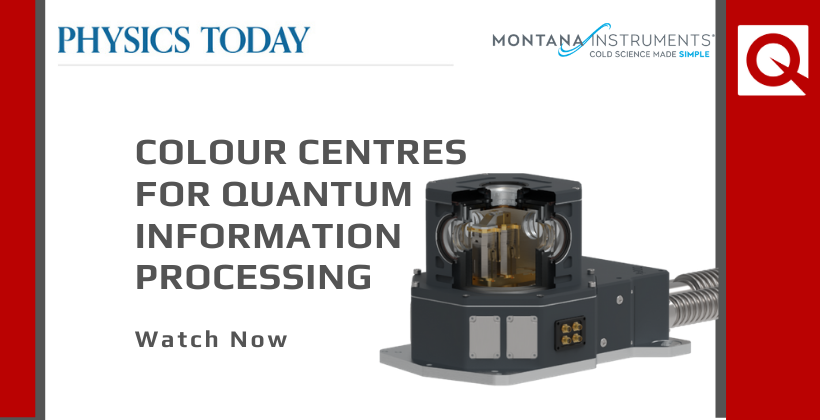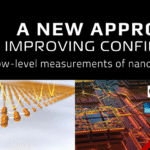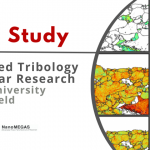
Practical Experimental Considerations for Characterising and Tuning Quantum Emitters Using a High-NA, Low Vibration Cryogenic Environment
Colour centres in diamond have emerged as very promising qubits due to their excellent optical properties and remarkable strain tuning properties of their energy levels. However, more research is still needed to develop colour centre architectures to support commercial applications in quantum information processing.
Dr. Benjamin Pingault will review recent experiments that leverage local strain field engineering in diamond nanostructures to improve colour centre spin coherence, control the spin state, create spin-phonon interactions, and tune optical transitions into resonance with each other.
Dr. Craig Wall will discuss considerations for setting up a cryogenic platform with suitably low vibrations and high numerical aperture that can be used to characterize and tune coluor centres. He will demonstrate how to optimise the experimental setup to prevent unwanted excitation of the qubit state while maintaining collection efficiency.
Learning Outcomes:
-Enhancing zero phonon line emission using a cryogenic environment with high collection efficiency
-Characteristics of Silicon and Tin vacancies in diamond
-Coupling quantum emitters with defect engineering and strain tuning
-Spin properties and coherence times for group IV colour centres
Who Should Attend:
- Physicists, Materials Scientists and Physical Chemists studying quantum materials, photon-based quantum computing, photon-based quantum memories, and indistinguishable/entangle photon generation
- R&D professionals developing photonic quantum computing platforms
Speakers

Craig Wall, Ph.D.
Applications Lab Manager
Montana Instruments
Dr. Craig Wall earned a Ph.D. in physical chemistry from the University of North Carolina at Chapel Hill. He was a Beckman Institute postdoctoral researcher at the University of Illinois at Urbana-Champaign. Craig has 25 years of microscopy & scientific instrument development experience, working for several years in industry in the fields of Scanning Probe Microscopes, AFM-Raman and TERS, Nanoindentation, Nanomechanical testing equipment, and benchtop Field Emission Scanning Electron Microscopes. Craig joined Montana Instruments in 2017 as Applications Lab Manager and Market Development Scientist.

Benjamin Pingault, Ph.D.
Marie Sklodowska-Curie fellow at the Laboratory for Nanoscale Optics, School of Engineering and Applied Sciences
Harvard University
Dr. Benjamin Pingault obtained his Ph.D. at the University of Cambridge Cavendish Laboratory in 2017 where he investigated the spin and optical properties of the silicon-vacancy centre in diamond for quantum information processing. During a first postdoc at the Cavendish Laboratory, Benjamin studied the influence of strain on the SiV and thereby increased its spin coherence. He also investigated the properties of the tin-vacancy centre, another promising colour centre in diamond, and participated in the spectroscopy of two-dimensional materials. In 2019, Benjamin was awarded a Marie Sklodowska-Curie fellowship to join the Laboratory for Nanoscale Optics at Harvard University with a project aiming to leverage the large strain susceptibility of the SiV spin to realise coherent spin-phonon interfacing using optomechanical cavities in diamond. He also contributes to several projects on the spectroscopy of transition metal dichalcogenides, focusing on their response to strain.

Charles Day, Moderator
Editor-in-Chief
Physics Today







